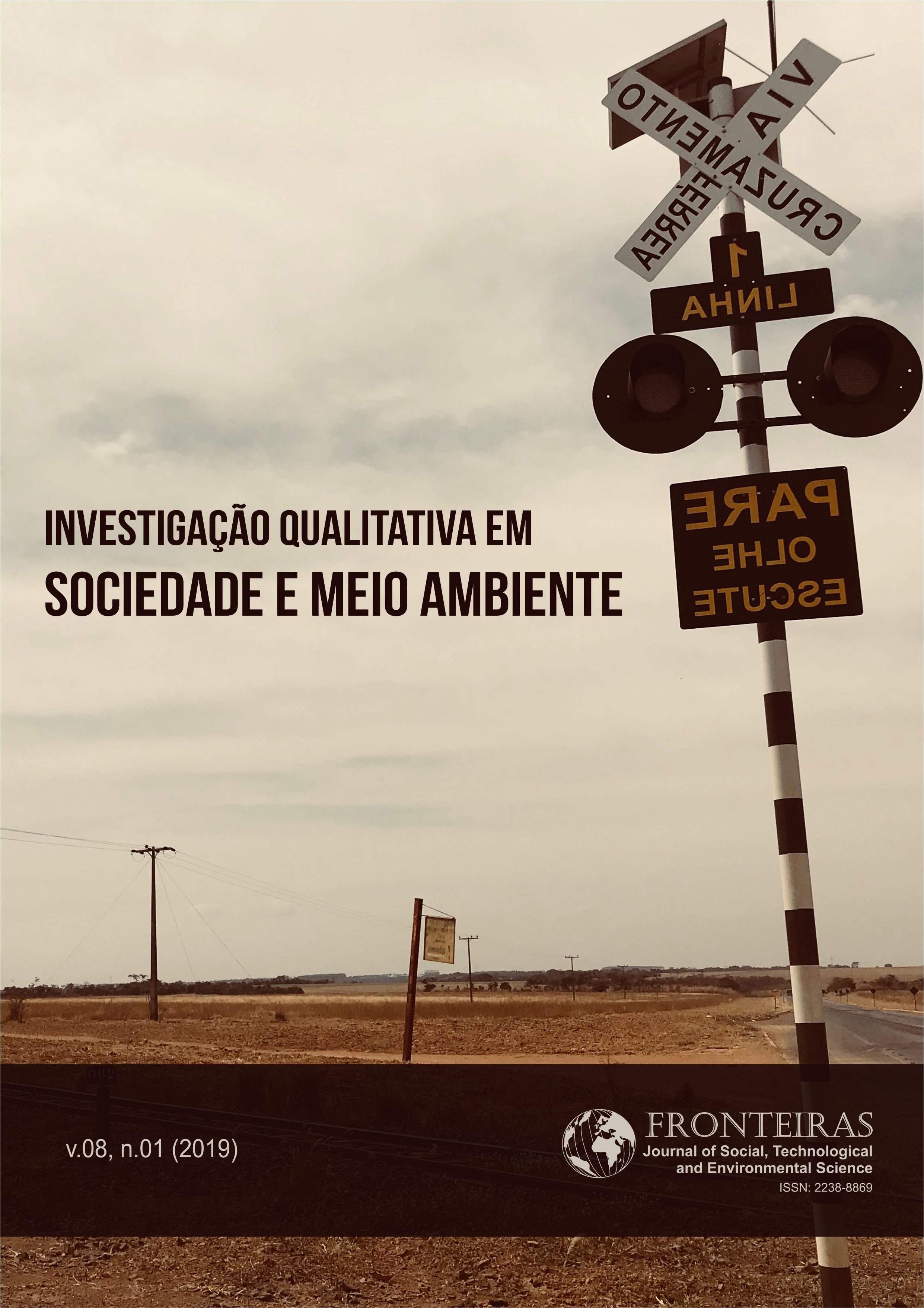Synthetic Indicator of Environmental Practices of Households: Study Case Loja, Ecuador
DOI:
https://doi.org/10.21664/2238-8869.2019v8i1.p282-300Keywords:
Synthetic Environment Indicator, Indicators, Environmental Practices, DimensionsAbstract
The objective of this research is to calculate a Synthetic Environment Indicator (ISMA), which reflects the environmental behavior of households in the Loja canton in 2014. The methodology used is divided into three stages, in the first stage the six dimensions were normalized of environmental practices (saving water, saving energy, eliminating usual and occasional waste, transport and mobility and environmental attitude), in the second stage the dimensions were pondered through the Delphi method and finally the calculation of the indicator of each one was carried out of the dimensions and the ISMA. The results obtained allow us to conclude that the environmental practices carried out by the households are adequate and optimal for the environment, which is reflected by a middle-level ISMA. The dimensions that have greater contribution are the saving of water, energy, elimination of habitual residues and environmental attitude, unlike the elimination of occasional waste and transport and mobility, which present unacceptable values.
References
Artaraz, M. (2003). Hacia una economía sostenible: interpretaciones, teorías e indicadores de desarrollo sostenible. Recuperado de https://addi.ehu.es/bitstream/10810/9010/1/Hacia%20una%20econom%C3%ADa%20sostenible%20CIUDAD%20Y%20TERRITORIO.pdf
Castro, J. (2002). Indicadores de desarrollo sostenible urbano. Una aplicación para Andalucía. Instituto de estadísticas de Andalucía.
Escobar, L. (2006). Indicadores sintéticos de calidad ambiental: un modelo general para grandes zonas urbanas. EURE (Santiago), 32(96), 73-98.
Espada, L. (2013). Hábitos de consumo. Perspectiva comparada y estudio específico en el municipio de Vigo. Recuperado de http://hoxe.vigo.org/pdf/valedorcidadan/Habitosvaledorc.pdf
Fielding, K. et al. (2010) Environmental sustainability: understanding the attitudes and behaviour of Australian households AHURI Final Report No. 152. Melbourne: Australian Housing and Urban Research Institute.
Gatersleben, B., Steg, L., y Vlek, C. (2002). Measurement and determinants of environmentally significant consumer behavior. Environment and behavior, 34(3), 335-362.
Labandeira, X., León, C., y Vázquez, M. (2007). Economía ambiental. Madrid: Pearson Educación S.A.
Londoño, C. (2006). Los recursos naturales y el medio ambiente en la economía de mercado. Guillermo de Ockham: Revista Científica. Vol. 4, No. 1. ISSN: 1794-192X
Meadows, D. (1972). Los límites del crecimiento: informe al Club de Roma sobre el predicamento de la Humanidad. México: Fondo de Cultura Económica.
Ministerio de Agricultura, Alimentación y Medio Ambiente. (2015). Información Ambiental - Indicadores Ambientales. Recuperado de http://www.magrama.gob.es/es/calidad-y-evaluacion-ambiental/temas/informacion-ambiental-indicadores-ambientales/
Ministerio de Vivienda Ordenamiento Territorial y Medio Ambiente. (2015). Indicadores ambientales. Recuperado de http://www.mvotma.gub.uy/indicadores-ambientales.html
Ministerio del ambiente, Gobierno de Chile. (2013). Comportamiento ambiental de la ciudadanía. Informe final.
Novo, M. (2009). La educación ambiental, una genuina educación para el desarrollo sostenible. Revista de Educación, (1), 195-217.
OCDE. (2008). Household Behaviour and the Environment Reviewing the Evidence. Recuperado de http://www.oecd.org/environment/consumption-innovation/42183878.pdf
OCDE. (2013), Greening Household Behaviour: Overview from the 2011 Survey, OECD Studies on Environmental Policy and Household Behaviour, OECD Publishing. http://dx.doi.org/10.1787/9789264181373-en
Sevillano, V., y Aragonés, J. (2009). Social perception of the behaviour of Spaniards on environmental issues. Revista Española de Investigaciones Sociológicas (Reis), (126), 127-149.
Statics Canada. (2013). Households and the Environment. Recuperado de http://www.statcan.gc.ca/pub/11-526-x/2013001/beforetoc-avanttdm1-eng.htm
Statics Canada. (2013). Households and the Environment: Energy Use. Recuperado de http://www.statcan.gc.ca/pub/11-526-s/11-526-s2013002-eng.htm
Downloads
Published
How to Cite
Issue
Section
License
This journal offers immediate free access to its content, following the principle that providing free scientific knowledge to the public, we provides greater global democratization of knowledge.
As of the publication in the journal the authors have copyright and publication rights of their articles without restrictions.
The Revista Fronteiras: Journal of Social, Technological and Environmental Science follows the legal precepts of the Creative Commons - Attribution-NonCommercial-ShareAlike 4.0 International. 


